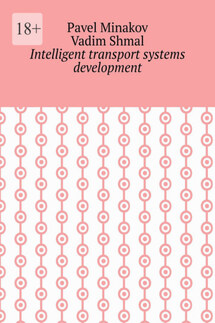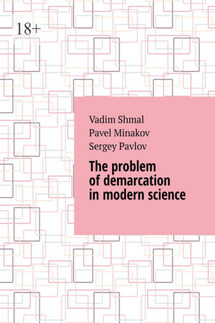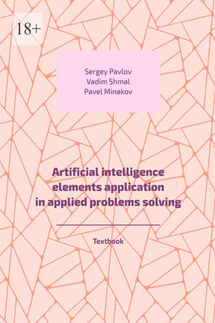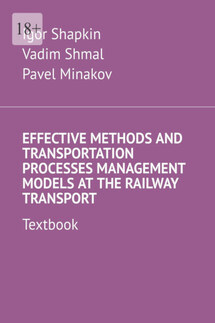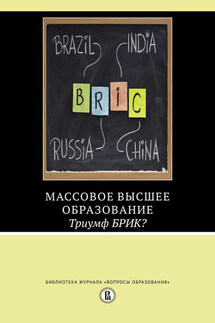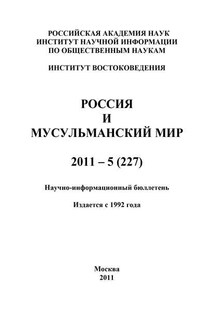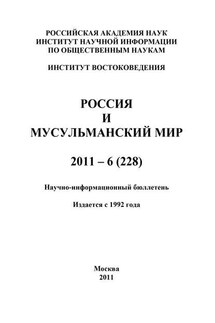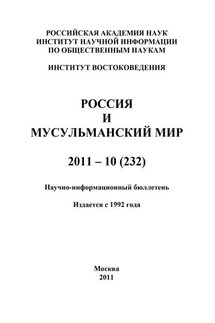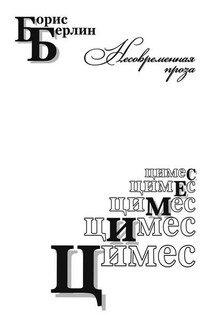In the Transport Strategy of the Russian Federation until 2030, the development of intelligent transport systems (ITS) is one of the directions for the formation of a unified transport space of Russia based on the balanced development of transport infrastructure. This is due to the fact that over the past decades, the rapid development of technology has led to the development of various automated systems that have become a reliable working tool for railway transport management. Extensive experience has been accumulated in the development and implementation of various information systems, a powerful potential has been created for the development and implementation of full-fledged production process management systems. Today, the latest achievements in the field of information and telecommunication technologies make it possible to realize the accumulated potential and switch to the information management system of production processes of JSC «Russian Railways», i.e. the creation of a Unified intelligent control system and automation of production processes in the railway transport industry. It is the main automated control system based on the use of the latest scientific developments aimed at improving the quality of transport services and optimizing the interaction of all production units of JSC «Russian Railways». This approach will allow automating with the use of artificial intelligence a number of tasks: the implementation of coordinated integrated operational work management based on the use by all participants of a single information model describing end-to-end production processes covering the activities of operational personnel of all directorates and all levels of management using an integration platform; the possibility of implementing operational automated legally significant information technology interaction of the parties involved in the Unified Technological Process (ETP) within the framework of a single shift-daily and current planning, execution and control of the execution of agreed and approved operational plans; efficiency of fixing physical operational events by ensuring the interaction of system components with floor-mounted devices of railway automation, devices for monitoring the technical condition of rolling stock on the train, identification systems of rolling stock and traction stock using radio frequency identification devices and GLONAS; personification of the responsibility of operational and dispatching personnel when processing documents of technological workflow, fixing operational events in the system, for account of the use of electronic subsystems; the possibility of implementing end-to-end automated control of the modes of execution of technological processes by the operational personnel of the directorates; the possibility of automated end-to-end control of exceeding the maximum permissible (regulatory, budgetary) elements of the costs of technological processes; operational forecasting and cost estimation of non-production losses of technological processes. This intelligent system will provide a high economic effect, provided that the volumes of freight and passenger traffic are carried out in a high-quality and timely manner, the rhythmicity of traffic is observed and the loading is evenly distributed, while social and national transportation is mandatory and traffic safety is ensured.
The methods, models and decision support systems described in the textbook, aimed at creating intelligent technologies in operational work, will serve to more reasonably set and solve complexes of tasks for the creation of intelligent transport.
1 BASIC PRINCIPLES OF INNOVATION AND INVESTMENT ACTIVITY IN THE CONTEXT OF REFORMS
In conditions of a shortage of organizations’ own funds, as well as limited state support, domestic organizations are forced to use a significant part of their resources to finance the current needs of existing production and, in rare cases, to develop new technologies and knowledge—intensive competitive products. The innovation space remains unattractive for domestic capital, foreign investors and private capital. An active innovation policy requires the adoption of extraordinary measures, including the improvement of the system of public investment, credit and tax policy, and extra-budgetary financing.
Before the reforms, the role of the regulatory and financial regulator of innovation in Russia was performed by the state planning and distribution system. Large-scale investments were carried out by the state, the introduction of innovations was ensured by the centralization and concentration of various kinds of resources on priority and most important areas of science and technology development. The specifics of the current situation lies in the fact that the country has significant fundamental and technological reserves, a unique scientific and production base and highly qualified personnel. At the same time, the orientation of this innovative potential to the implementation of scientific achievements in production and other fields of activity is extremely weak. The main difficulties in realizing the innovative potential are associated with the lack of organizations’ own funds, limited budgetary and extra-budgetary financing, including borrowed and borrowed funds.
